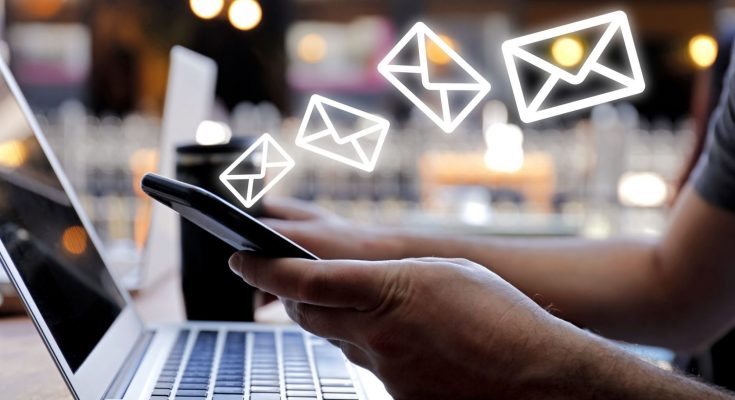
Email marketing is a proven method for engaging your audience, spreading your message, and motivating donations for your local non-profit organizations. However, if you’re like many small non-profits, you lack the time and resources necessary to create a large amount of content or design visually appealing email graphics. Without the time and resources of large non-profits like the Red Cross, United Way, or Habitat for Humanity, you may doubt your ability to use email effectively.
The good news is that leveraging the power of email marketing for your local non-profit does not require a large budget or a lot of time. Indeed, for small non-profits, a straightforward email strategy is frequently the best option. Simplicity lends local appeal and implies a frugal approach to marketing, which fosters trust and encourages participation.
To that end, here are five low-cost (yet effective) email marketing ideas that your budget- and time-strapped local non-profit can use to increase participation and solicit donations for your cause.
Emails should be succinct, sweet, and friendly

You’re probably familiar with the multi-topic email newsletters that large non-profits send – they’re almost like magazines. As a small non-profit organization, you do not require an entire publishing team or the appearance of a professional publication to spread your message.
Rather than that, keep your emails brief and succinct. Avoid stuffing multiple bullet points into a single email; rather, each email should contain a single message.
As if you were writing a letter to a friend. Your tone can be informal and direct, and you do not need to include any graphics. When you approach email marketing in this manner, you can create compelling emails in less than 15 minutes.
Apart from time and money savings, this strategy enables you to send hyper-targeted emails that motivate action. Likewise, it makes it simple to maintain audience engagement: because your content is spread across multiple emails, each of which will cover a single item, nothing will be overshadowed by other news.
Update members and subscribers on a regular basis

Make a weekly commitment to send at least one email. This is straightforward when each email contains only one message.
Send news about your organization, commentary on new legislation, updates on critical fundraising initiatives, and even pertinent tips on how your audience can help your cause without making a donation. For instance, an environmentally conscious non-profit may instruct subscribers on how to minimize their personal carbon footprints.
Again, lengthy emails and flashy graphics are not necessary to engage your audience. Often, a single paragraph suffices.
The objective is to stay in front of your audience on a consistent basis so that you’re top of mind when they’re ready to volunteer or donate.
Need volunteers? Solicit for limited help

Local non-profits are frequently understaffed and rely heavily on volunteers to carry out their mission. Regrettably, volunteers can be scarce. Email can be beneficial, especially when used properly.
Local non-profits frequently make the error of simply soliciting volunteers. The issue is that the request is open-ended, and people may feel compelled to make a long-term commitment.
A more effective strategy is to send emails soliciting volunteers for specific, time-limited tasks.
Consider the following scenario: you’re hosting an annual fundraising event. If you solicit volunteers for an event, participants may be concerned that they will be stuck there all day or that they will be forced to do something they dislike.
On the other hand, if you state that you require a doorman from noon to 1 p.m. or you require someone to bake four dozen cookies, you will have a much better chance of recruiting volunteers. They are aware of the task for which they are accountable, that the expectation is complete, and that they will not be asked to perform additional duties.
Sending an email outlining specific volunteer tasks and available time slots will attract more volunteers than ever before.
Show your impact

One of the most effective email marketing strategies for local non-profits is to demonstrate how your organization is making a difference in the world. How are their efforts beneficial? What projects are you currently engaged in? Whom specifically have you aided – and in what capacity?
Share stories that demonstrate tangible, quantifiable impact. Have you rescued a hundred dogs from a shelter? Has the water quality of a nearby lake improved by 20%? Have you provided 862 underprivileged children with food, shelter, clothing, or books?
Numerous non-profits use email to draw attention to the problem they are attempting to solve. That is perfectly acceptable, but keeps in mind that people want to assist. If you emphasize the positive impact of your efforts, you’ll notice a direct correlation between your “big news” and an increase in new memberships and donations.
